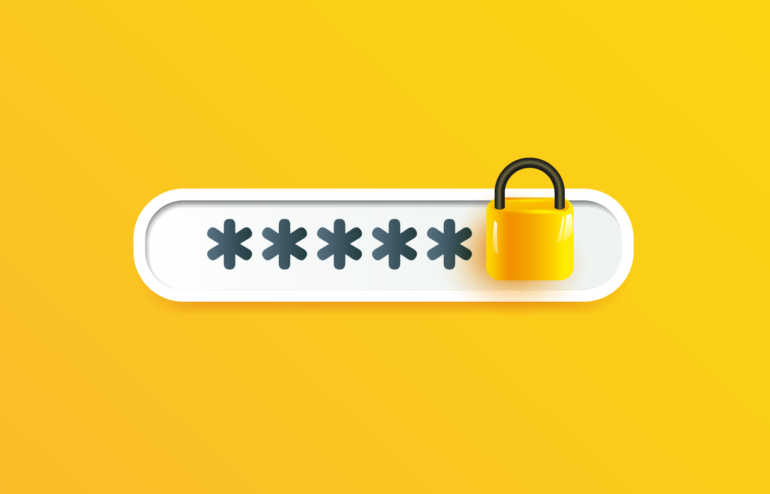The New Rules and Best Practices of Password Security

Passwords have always been a reliable option for digital security. In the early days, you simply provided something that only you knew to authenticate yourself, and voila, your identity would be confirmed. But the world of passwords has changed. Initially, they were easy―you had fewer of them; you often needed physical access to use them; and people were just nicer back then. At least, that’s the way I remember it.
But did people really change… or did the world just get smaller with the growth of the internet—giving bad actors greater access to our digital domains? One thing is clear, password security requires new rules and strategies to keep up with the fast-changing cyber landscape. In addition to following best practices for creating strong passwords, you also need to consider employing multifactor authentication (MFA) or adopting a password management solution.
Embracing MFA
Whenever possible, you should avoid relying solely on passwords. The better option is to implement MFA, which adds another layer of security. While there are MFA-resistant phishing attacks, enabling MFA significantly minimizes the risk of compromise. In recent years, MFA has evolved to become more robust and secure, and there are different levels of quality in MFA. For instance, Microsoft Modern MFA doesn’t merely require you to click “accept” on a device; you have to input a numerical code to confirm the login attempt. (Always use the most advanced and newest version that aligns with your user base’s tolerance.)
Using a Password Manager
There are situations where MFA is not available or does not make sense to use. In these cases, passwords may be your best or only option. This indicates the importance of using some type of password management solution. A password management tool can be an effective way to keep track of the plethora of passwords that most people have. The average person has more than 100 passwords, according to a study by Nord Pass. That’s too many passwords for anyone to remember.
As a low-tech solution, some people write their passwords down in a notebook. If the book is securely locked away, this method may be acceptable, but it’s not ideal. However, I recommend using a software-based password management system that allows the user to create one login to access all their passwords. Only use a digital password manager that offers MFA to access passwords. If you’re not sure which solution to choose, there are numerous resources to guide you like this article from CNET. However, the best option for you will depend on your specific needs and goals.
Best Practices for Creating Strong Passwords
Password best practices have changed over the years. But as a general rule, you should never—ever—recycle a password. An existing password may be easier to remember and more convenient to reuse. But it’s not worth the risk; if your password is stolen, every place you have used it could be compromised.
You should also avoid including personal details in passwords. For example, don’t create a password using your child’s initials and birth year—no matter how cleverly you format it. (I know, you’re thinking: “But I used lower and upper case and separated them with a comma.” Trust me, so did the database that is being run against your accounts.)
It’s also important to ensure that every site, application, etc. has a strong password. Here are a few techniques for crafting strong passwords:
- Make them long. Aim for at least 14 characters—or even longer—since you can easily copy and paste them into your password management tool. Some sites and applications often have character restrictions for passwords. In these cases, focus more on creating a random password that will be more difficult for someone to guess.
- In situations where you frequently use a password and copying it from a management program is not an option, consider using passphrases. Instead of choosing a simple password like “BillyJoe1998,” use “BillyJoeGraduatedIn1998.”
- “i” and “l’s” became “1’s”
- “a” became “@”
- “e” became “3,” which looks similar to a backward capital “E”
- Still, another option is to insert punctuation between words. If you added “!” to the previous password, it would read B111y!J03!Gr@du@+3d!1n!1998.
Using a combination of these approaches is the best way to make passwords more complex and secure. Ultimately, the key to protecting your passwords is to constantly adapt and remain vigilant in the ever-evolving world of digital security.

